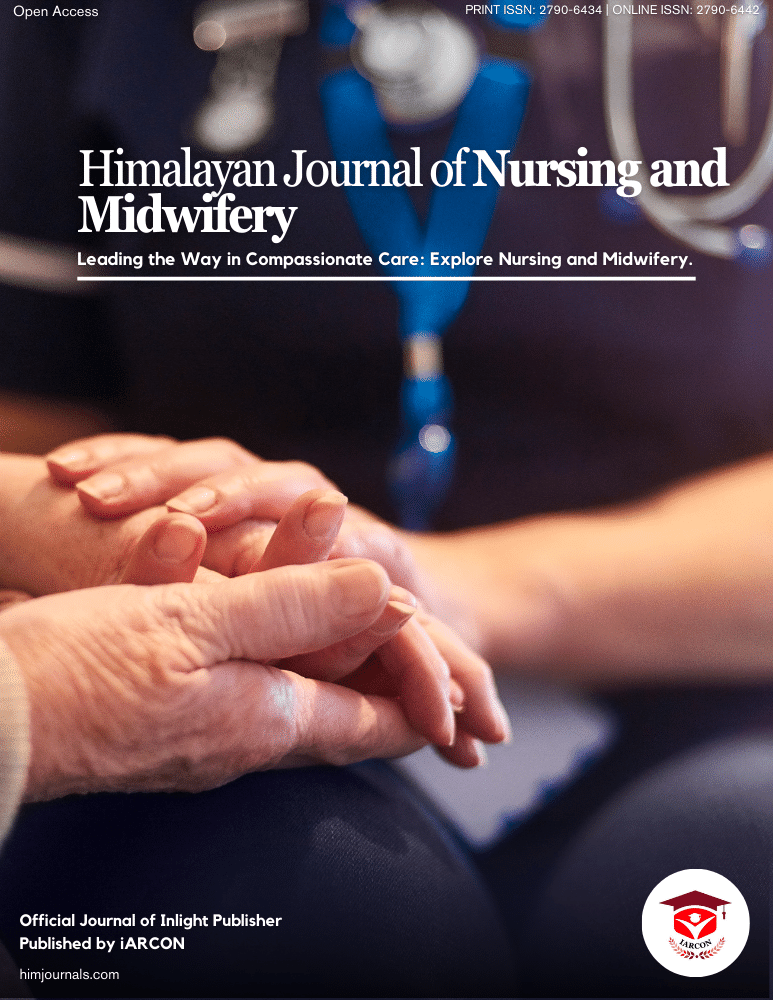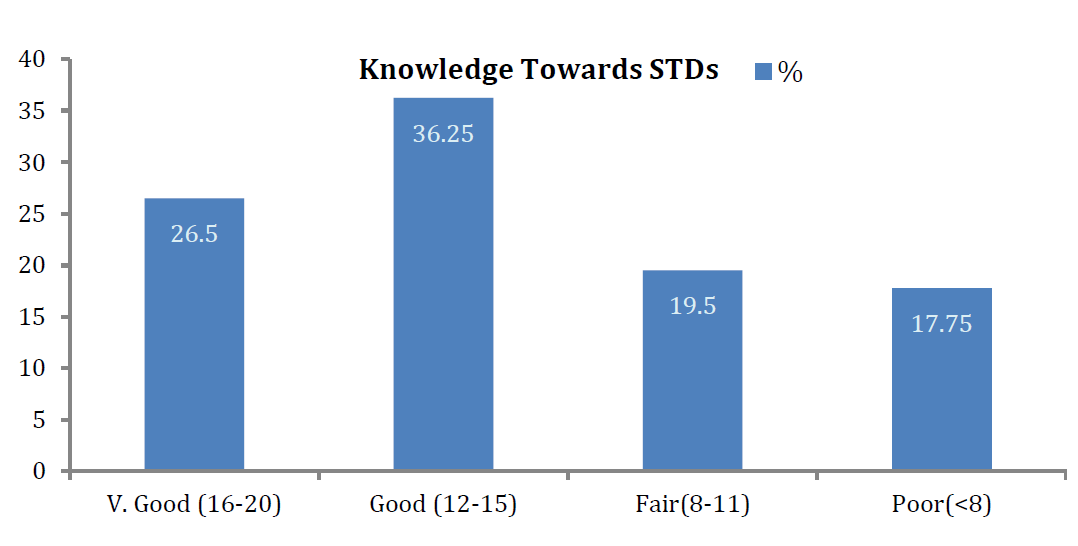Sexually Transmitted Diseases (STDs) continue to pose a significant public health challenge worldwide, affecting individuals, families and communities. In Shimla, a region of scenic beauty nestled in the Himalayan foothills of Himachal Pradesh, India, the need to address and mitigate the impact of STDs is paramount. Ensuring the sexual health and well-being of the population in Shimla is not only a local concern but also contributes to broader efforts in reducing the global burden of STDs [1-3].
STDs, often caused by bacterial, viral or parasitic infections, are a group of infections that are primarily transmitted through sexual contact. These diseases encompass a wide range of conditions, including but not limited to, human immunodeficiency virus (HIV), syphilis, gonorrhea, chlamydia and genital herpes. Left untreated, STDs can lead to severe health complications, including infertility, chronic pain and an increased risk of HIV transmission. The consequences of STDs extend beyond physical health, impacting mental and social well-being and straining healthcare systems and economies [4-6].
Understanding the levels of awareness and knowledge about STDs among the general population is a crucial step in tackling the spread of these diseases in Shimla. A comprehensive assessment of the current awareness levels and knowledge gaps is necessary to develop targeted prevention strategies, education programs and accessible healthcare services.
Globally, STDs remain a major public health concern. The World Health Organization (WHO) reports that more than one million new cases of sexually transmitted infections (STIs) are acquired each day, highlighting the urgency of addressing this issue (WHO, 2021). In India, the prevalence of STDs varies across regions, with a significant burden in some states. Given the diverse culture and demographics in Himachal Pradesh, understanding the specific context in Shimla is essential for tailoring interventions [7,8].
This study aims to shed light on the awareness and knowledge levels of STDs within the local community of Shimla. By assessing the current understanding, misconceptions and areas requiring attention, this research seeks to provide valuable insights for healthcare professionals, policymakers and organizations working to combat STDs. Furthermore, this study aligns with the broader goals of promoting sexual health, reducing disease transmission and enhancing the overall quality of life for Shimla's residents.
STD prevention and control require a multifaceted approach that includes education, testing, counseling and access to treatment. The first step in this process is to gauge the existing knowledge base and awareness levels within the community. This study endeavors to contribute to the efforts in Shimla to ensure safe love and healthy lives for its residents.
Objectives of the Study
The objective of this study is to gauge the levels of awareness and knowledge about Sexually Transmitted Diseases among the general population of Shimla.


